
Exploring the Power of Community-Engaged Research on World Water Day 2023
Dr. Jasquelin Peña collaborates with community groups and residents to test water quality in fire-scorched and low-income communities
Quick Summary
- World Water Day 2023 is dedicated to raising awareness about the importance of clean water and the need to preserve this precious resource for future generations.
- In their annual report, the UN shared that 1 in 4 people worldwide lack safe drinking water, and annually 74 million people will have their life shortened by diseases related to poor water sanitation.
- To contribute to the conversation surrounding World Water Day 2023, we sat down with Dr. Jasquelin Peña to discuss the importance of water quality and her ongoing research projects.
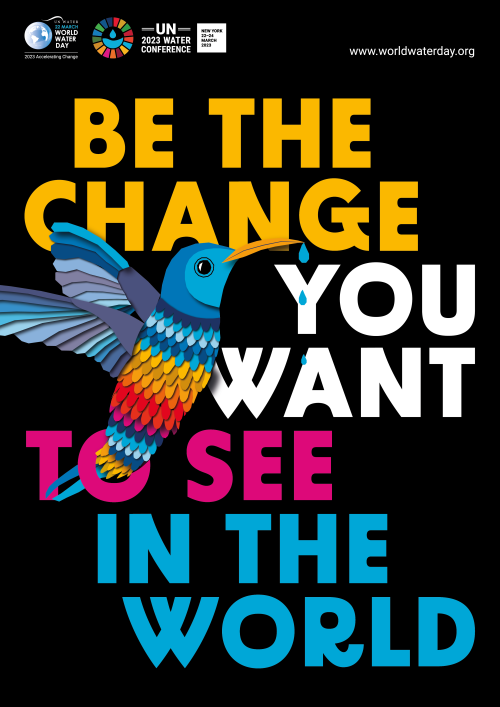
Every year on March 22, the world observes World Water Day. This day is dedicated to raising awareness about the importance of clean water and the need to preserve this precious resource for future generations.
According to the United Nations (UN), over 2 billion people lack access to safe drinking water, and this number is expected to rise due to population growth and climate change. California’s Office of Environmental Health Hazard Assessment estimates nearly a million Californians lack access to clean drinking water, with low-income, rural, and communities of color being disproportionately impacted.
On World Water Day 2023, various events will occur worldwide to raise awareness about the importance of safe drinking water and sustainable water management practices. Governments, organizations, and individuals will come together to discuss how we can all contribute to addressing the global water crisis. To add to this critical conversation, we sat down with Dr. Jasquelin Peña to discuss the importance of water quality and her ongoing research projects.
Dr. Peña is a UC Davis associate professor in the Civil and Environmental Engineering department and an Environmental Health Sciences Center (EHSC) member. In 2021, Dr. Peña received a pilot project grant from the EHSC to examine the impact of wildfires on water resources.
Dr. Peña hypothesizes that watersheds impacted in the years following a wildfire may show an increase in toxic metals, such as arsenic and mercury. This could happen due to the accumulation of these elements in wildfire ash and/or because the ash and pyrogenic carbon generated by the fire may change groundwater chemistry in a way that mobilizes metals naturally present in the aquifer.
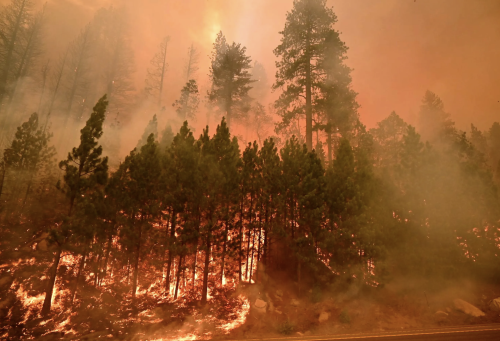
Unlike hazardous particulate matter in air emissions, water quality degradation may manifest over the medium and long term. This project aims to address the understudied but potentially critical impacts of wildfire to surface and groundwater water quality and supplies, especially in fire-affected regions at the urban-wildland interface fires.
“Early in the 2021 fire season, we began tracking wildfires in the region, with the intention to deploy a rapid-response study that would enable us to investigate post-fire impacts to water quality and to collect ash and burned soil samples prior to any significant rain events", Dr. Peña shared.
“We quickly activated our networks and connected with now project partners Dr. Michelle Newcomer and Dr. Erica Woodburn at the Lawrence Berkeley National Lab, the El Dorado County Forest Service, the Rancho Murietta Community Services District, and, importantly, a land conservation nonprofit called the American River Conservancy (ARC) to study the impacts of the Caldor Fire on the Cosumnes River watershed.
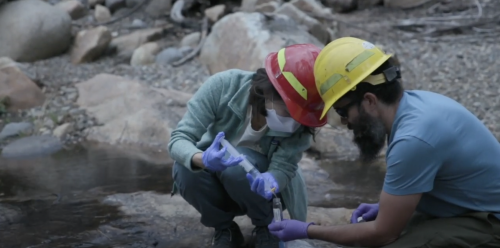
ARC's community-volunteer-run water monitoring program monitors the Cosumnes River watershed during the summertime. We mobilized to expand this program to collect stream water samples throughout the fire-impacted watershed. These samples then come to our labs for various water quality analyses, including isotopic analyses in collaboration with UC Davis’ Dr. Elliot Atekwana. This is truly a community effort! There is just no way we would have the capacity to sustain this spatially and temporally distributed, multi-year monthly program without this partnership.”
One of the main goals of World Water Day is to promote Sustainable Development Goal #6 of the UN, which is to ensure the availability and sustainable management of water and sanitation for all by 2030. According to the United Nations 2023 report, “we are seriously off track. The latest data suggests governments must work on average four times faster to meet this goal on time. Water affects everyone, so we need everyone to take action.”
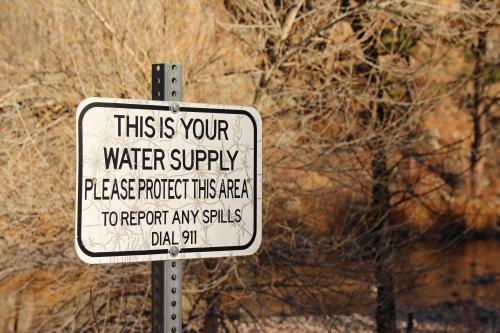
In their annual report, the UN shared that 1 in 4 people worldwide lack safe drinking water, and annually 74 million people will have their life shortened by diseases related to poor water sanitation.
To further the commitment toward understanding how contaminants affect environmental and human health, Dr. Peña partnered with Dr. Shehnaz Hussain, a professor in Public Health Sciences, on another pilot project funded by the UC Davis Comprehensive Cancer Center (UCDCCC). Peña shared that “the project will establish a novel citizen program to assess potential carcinogenic and immunogenic contaminants in domestic wells within the UCDCCC region. To do this, we are collaborating with the Environmental Justice Coalition for Water (EJCW), in addition to the UCDCCC and the EHSC.”
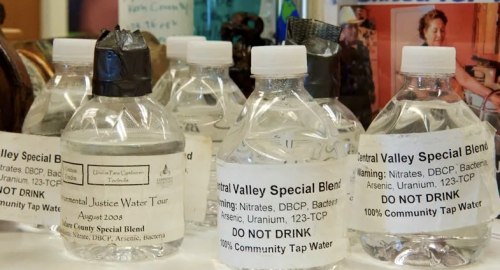
This community-engaged project involves collaborating with the EJCW to recruit 100 households who receive their water from private wells and have them collect their water to test in Dr. Peña's lab. These households will be concentrated in the Central Valley and Northern California, where private wells, which are not connected to the municipal water distribution centers, are common.
“We are interested in measuring the concentrations of different contaminants commonly found in California groundwater, such as arsenic, chromium, and nitrate," Peña noted. "Many of the contaminants that we plan to measure are linked to cancer risk," Hussain shared.
Groundwater supplies 40% of California’s total water supply, with approximately 2 million wells tapping into this source. The state of California lacks reliable information on the location and condition of these private wells, even though estimates put the number of Californians who rely on them at approximately 2 million, or 3.4% of the population (Pace 2022). The California State Water Resources Control Board states that a third of the state’s domestic wells are at a high risk of exceeding safe drinking water standards.
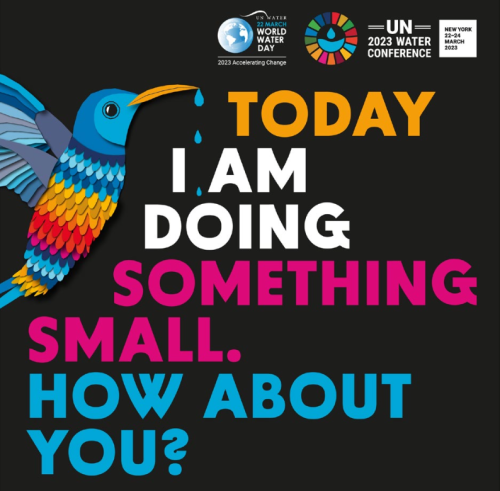
The State of California will be introducing limited testing of private wells in some low-income communities for the first time starting in 2024, but this presents just one initial step toward ensuring the Human Right to Water for all California residents, Assembly bill 685– which provides safe drinking water for every Californian. Senate Bill 200 established the Safe and Affordable Drinking Water Fund, allocating about $130 million annually until 2030. The state currently identifies at-risk private wells based on an Aquifer Risk Map, but data linking actual well water quality to individual and community health are lacking.
In her final thoughts, Dr. Peña shared, “I love developing tools so that individuals have the opportunity to become engaged, to interact with their water and think of their water from a quality and livelihood point of view. I think World Water Day is a great way to build awareness, empower people and catalyze change.”
To learn more about World Water Day 2023, visit the UN 2023 Water webpage here. If you want to learn more about how to get involved with water issues in California, visit the EHSC’s community stakeholders advisory committee page to learn about our community partners involved in water conservation.

Angelina is an EHSC editorial assistant for the communications department and an undergraduate student at UC Davis studying Human Development. She is an aspiring writer with a focus on science communication.